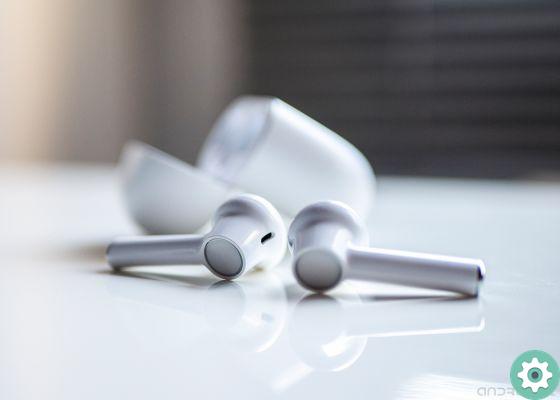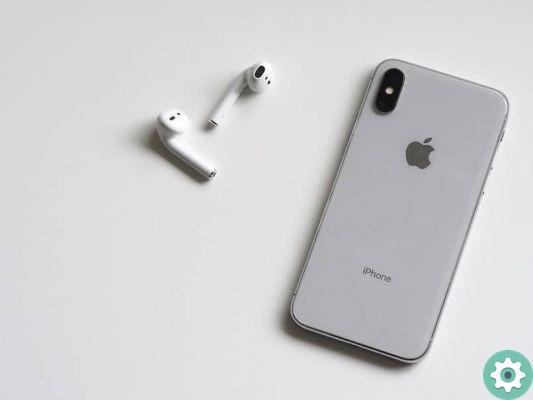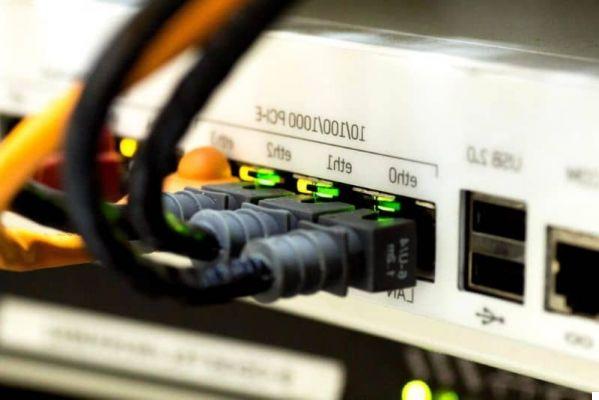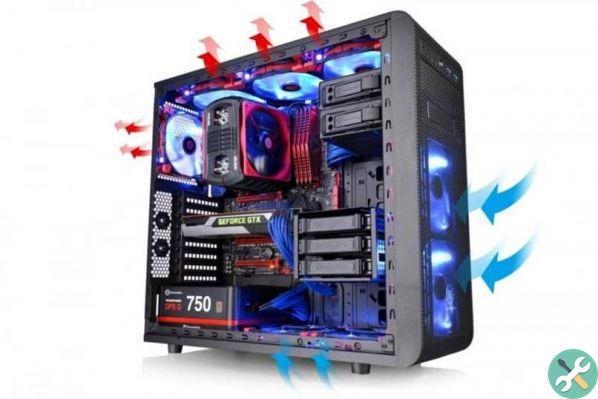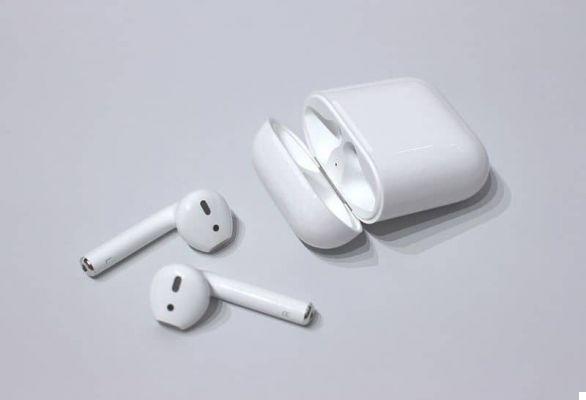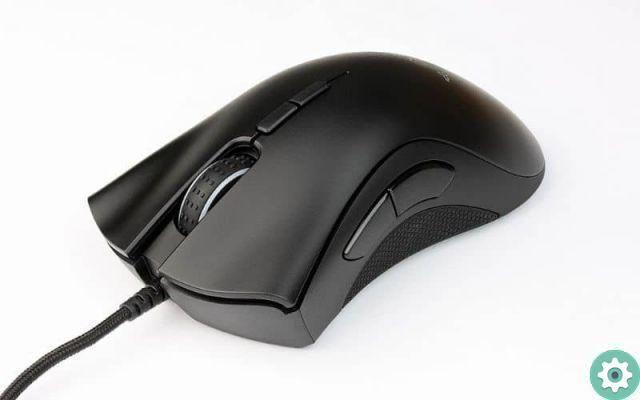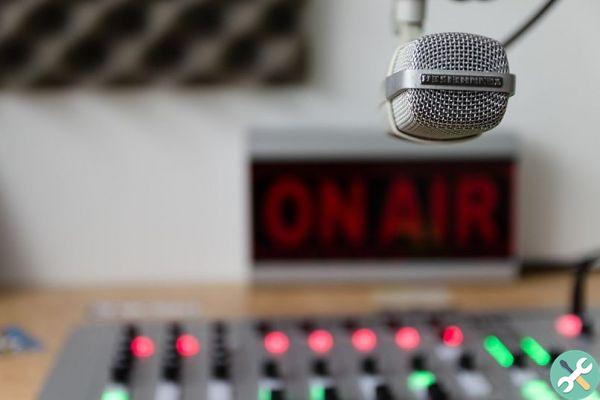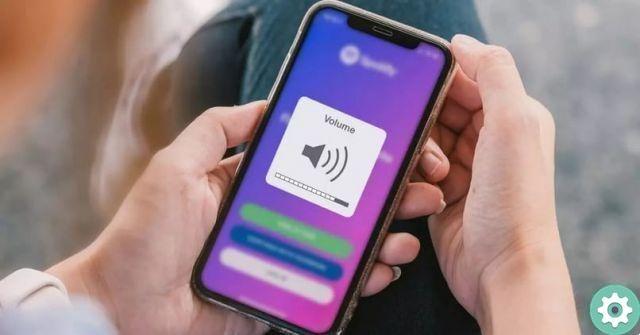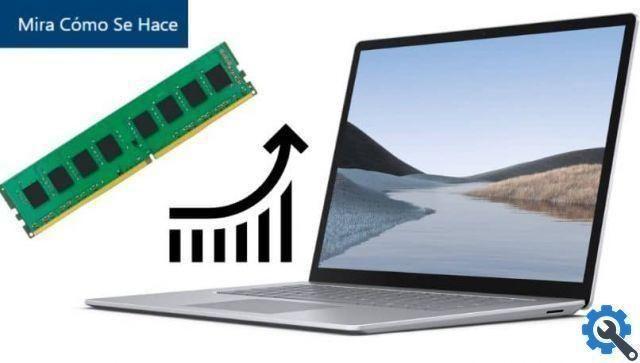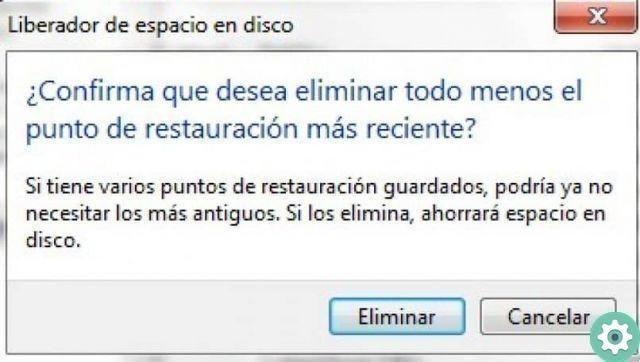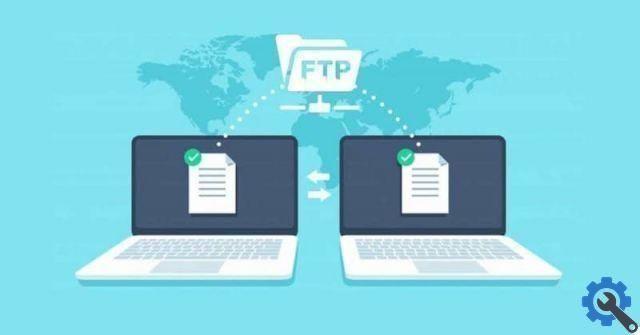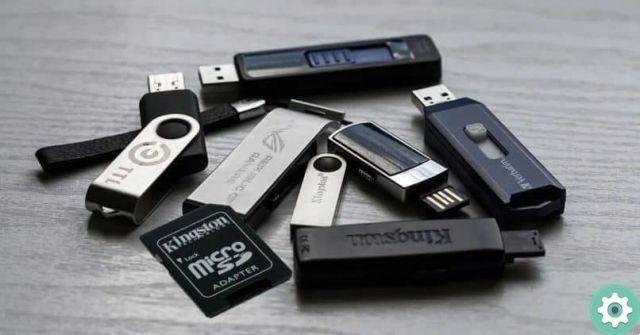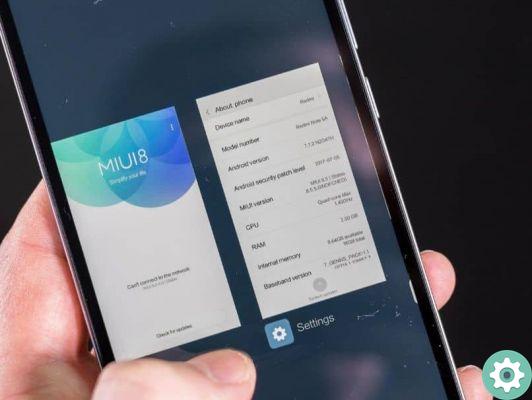DNS servers' job is to translate a website URL into an IP address and thereby make the connection, regardless of whether it is a public or private IP address. Choosing the best DNS server for your connection will reduce waiting times before you can access a web page.
Internet providers usually offer a DNS server with the service by default. However, these aren't always the fastest or the most effective. Make the Internet appear to be malfunctioning or too slow.
Likewise, internet provider companies offer one variety of DNS servers to choose the one that best suits you according to your needs. But trying each to choose the one that works fastest is a virtually impossible task as the differences are sometimes unnoticeable at first.
Jumper 2.0 e Namebench are two applications that facilitate the process of choosing the best DNS server. Both global and local. Read on to find out how each works.
Choosing the best DNS server with Namebench
You can find this application for free in Google Code. Once downloaded and run, yes will open a tab to adjust the best DNS lookup settings. It is a difficult decision, as much as choosing the best dual band router for greater internet coverage or even choosing the best Wi-Fi signal channel with maximum speed.
In the search bar you can define the DNS servers you want to specifically scan. Check the boxes below to include in the analysis Global and regional DNS. Below you can define your position, if you want to run a long or slow test and which web pages you want to take as a test.

Once you have all the analytics settings ready, press " Start Benchmark”. The application will start doing its job. Depending on the number of servers, it may take several minutes.
At the end of the analysis a tab will automatically open in the browser showing the results. Here you can see which servers have had the best loading speeds and which one stands out from the others.
It will also show you in a graphic to have a visual sample of the results obtained. It also tells you which servers to configure as primary, secondary and tertiary.
Choose the best DNS server with Jumper 2.0
To start using Jumper 2.0 you have to download it for free from its official website. Unzip the file and run it.
Once this process is done, a configuration tab very similar to that of Namebench will open. Here you will see the following sections:
- The application buttons on the left side.
- At the top a search bar to define the network card you want to analyze.
- In the central part you can test the DNS servers individually.
In the application menu there is the option » Faster DNS ". Your job is to connect to all the servers in your database to see which one works fastest.
Unlike Namebench, Jumper 2.0 has the "Turbo Mode" option, you can find it at the bottom. This option limits the response time to 300 ms. This way, it discards those servers that take longer than the estimated time.

To perform the test select «Start test DNS »and wait a few minutes for it to finish. Then a screen will appear with the results and the time it took for each server to load a domain.
To choose the best DNS server you just have to select it and click » Apply DNS Server ". Jumpr 2.0 will automatically add it to your network settings.
The application also allows you to compare time used by two servers to load the same domain. For this, at the bottom of the window, write the IP addresses of the servers you want to compare in the search fields.
Hit the bottom box of the search bar for each address for the application to analyze its loading time. This function is perfect for defining a server Secondary DNS.




